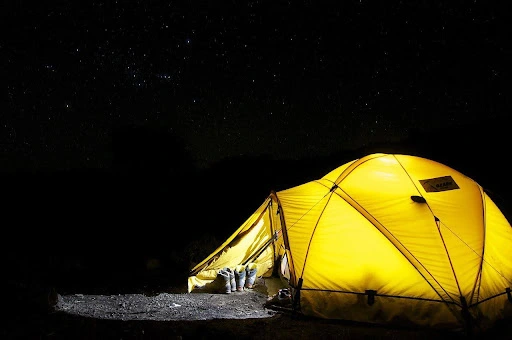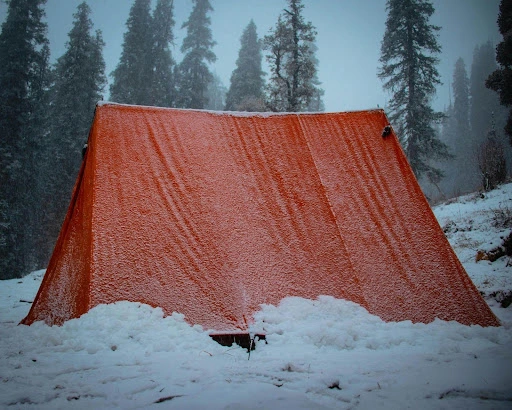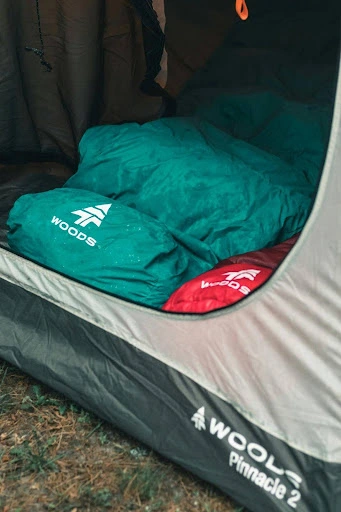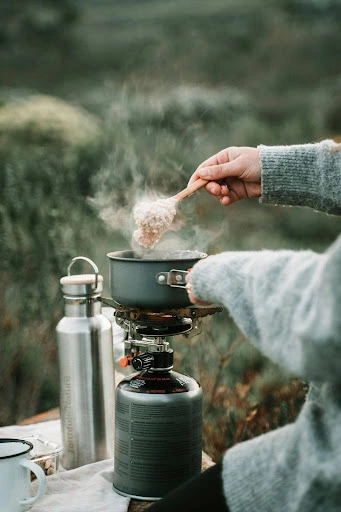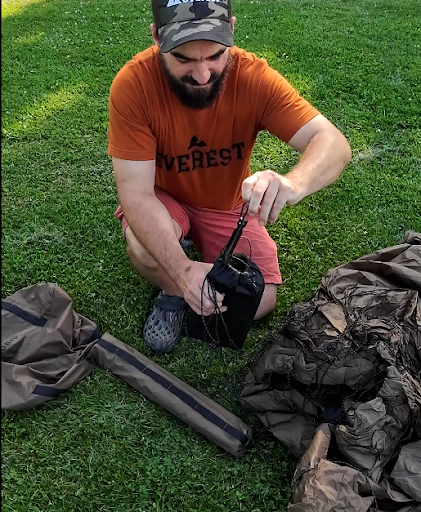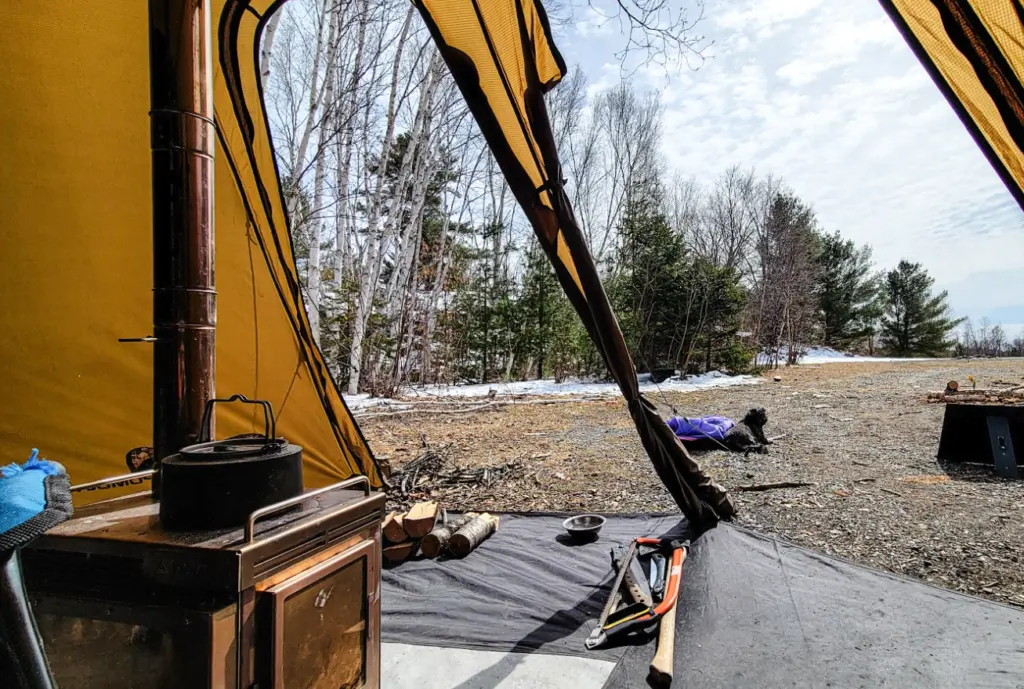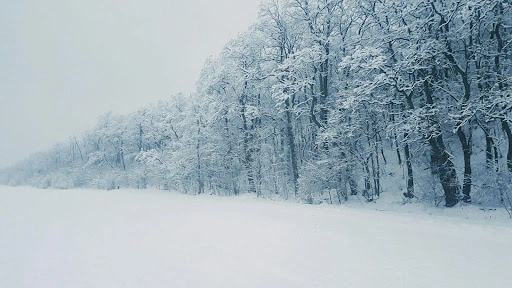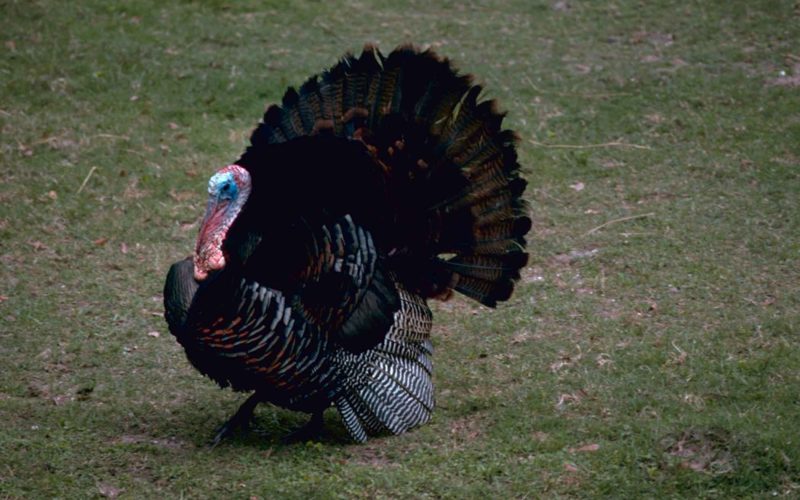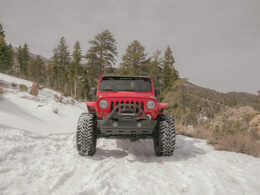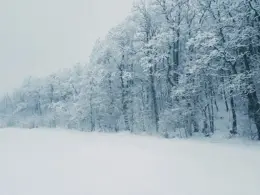Early spring signals the start of camping season for many outdoor enthusiasts. The snow begins to melt, wildlife stirs back to life, and trails gradually open up for exploration. Camping during this transitional time offers unique opportunities for adventure and beautiful landscapes that you can’t experience in any other season.
However, early spring camping comes with its share of challenges. Fluctuating temperatures, increased precipitation, and soggy ground conditions can easily catch you off guard if you’re not prepared. To make the most of your trip while staying safe, follow some easy guidelines that will help you pack the right gear for anything the climate may throw at you.
Table of Contents
Early Spring Camping Conditions
Consider the transition between winter and spring one of the most tumultuous times of the year. On one hand, spring is coming in, bringing warmth and longer days, and on the other, winter is refusing to relinquish its grasp on us. Often, you’ll have to prepare for both seasons for a successful trip.
Weather Patterns
Early spring weather can be unpredictable. Days often bring warmth and sunshine, while nights drop to freezing temperatures. Rain and even snow showers can happen unexpectedly and for long periods.
This can create sections of winter thaw, especially dangerous for vehicles. The thawing process creates wet, muddy terrain that can be dirty and a headache. Trails may be slippery, and low-lying campsites are susceptible to pooling water or flooding.
Wildlife Activity
Spring means animals are waking from hibernation and becoming more active. While you might spot migrating birds or bustling squirrels, you’ll also need to stay aware of potentially aggressive wildlife safeguarding food or territory. Keeping your food stored away from camp and hanging from a tree is an effective strategy against wildlife.
How To Organize Your Gear
If you have been camping throughout the winter then you can keep a lot of your kit for these trips but if you wait until warmer months to camp then here are some considerations to help you figure out what to pack.
Clothing
Staying warm and dry starts with the right clothing. Begin with moisture-wicking base layers made from merino wool or polyester to help keep you from sweating. Then you want to add insulating layers like fleece, synthetic puffers, or down jackets to trap heat in between your body and the outerwear.
The last thing to consider is to protect yourself from wet conditions with waterproof outer layers, including a high-quality rain jacket and waterproof pants. Having extras of clothing items such as socks, gloves, and hats can be handy if you expect rainy weather.
Shelter
A sturdy shelter is essential for unpredictable spring weather. A four-season tent or a durable three-season tent with a reliable rainfly will help you handle rain and wind. Place a ground tarp under your tent to act as a moisture barrier and keep your tent floor dry.
Fire Starting
You will more than likely encounter damp/wet conditions on your trip, which can make starting a fire difficult. It’s always recommended to bring 3x the amount of firestarter you think you will need (you can really never have too much) because any wood you find outside will probably be wet. Make sure you bring a knife and/or a hatchet so that you can split wood to expose the dry fibers inside.
Sleeping Gear
Cold nights call for robust sleeping gear. A cold-weather sleeping bag rated for below-freezing temperatures will keep you cozy in low temperatures. Pair it with an insulated sleeping pad to prevent heat loss and offer a more comfortable surface on uneven, chilly ground.
Cooking Equipment
Cooking in cold conditions requires the right tools. Use a portable stove designed for cold weather, as some fuels don’t perform well in low temperatures. Bring along essentials like utensils, waterproof matches, and a durable lighter. To protect your food from wildlife, store it in bear-proof containers or hang it securely away from your campsite. Some folks may bring a portable camping woodstove to help them cook and stay warm.
Other Essentials
A few additional items can make your early spring camping trip both safer and smoother. Pack a headlamp or flashlight with spare batteries for navigating after dark. A first aid kit is critical for handling emergencies, while navigation tools like a map, compass, or GPS device help you stay on track. Finally, a versatile multi-tool or knife is invaluable for small tasks around the campsite. These essentials round out your gear list and ensure you’re prepared for any situation.
Essential Gear Checklist for Early Spring Camping
Clothing
- Moisture-wicking base layers
- Insulating layers
- Waterproof jacket and pants
- Extra socks and gloves
Camping Gear
- Tent, rainfly, and extra stakes
- Ground tarp
- Cold-weather sleeping bag
- Sleeping pad
Fire-Starting Essentials
- Cotton balls with Vaseline
- Ferro rod
- Waterproof matches
- Lighter
- Firestarter sticks or cubes
Cooking & Hydration
- Stove and fuel
- Cooking utensils
- High-calorie, non-perishable food
- Water filters or purification tablets
- Collapsible water reservoir
Safety Essentials
- First aid kit
- Navigation tools (map, compass, GPS)
- Emergency whistle
Miscellaneous Items
- Sunscreen
- Sunglasses
- Bug spray
- Trash bags
- Trekking poles
- Headlamp
- Spare batteries
- Multi-tool or knife
Final Thoughts
Early spring camping offers both challenges and rewards. By planning thoroughly, you can mitigate any negative outcomes and enjoy a bug-free experience without being surrounded by the cold, white stuff.

